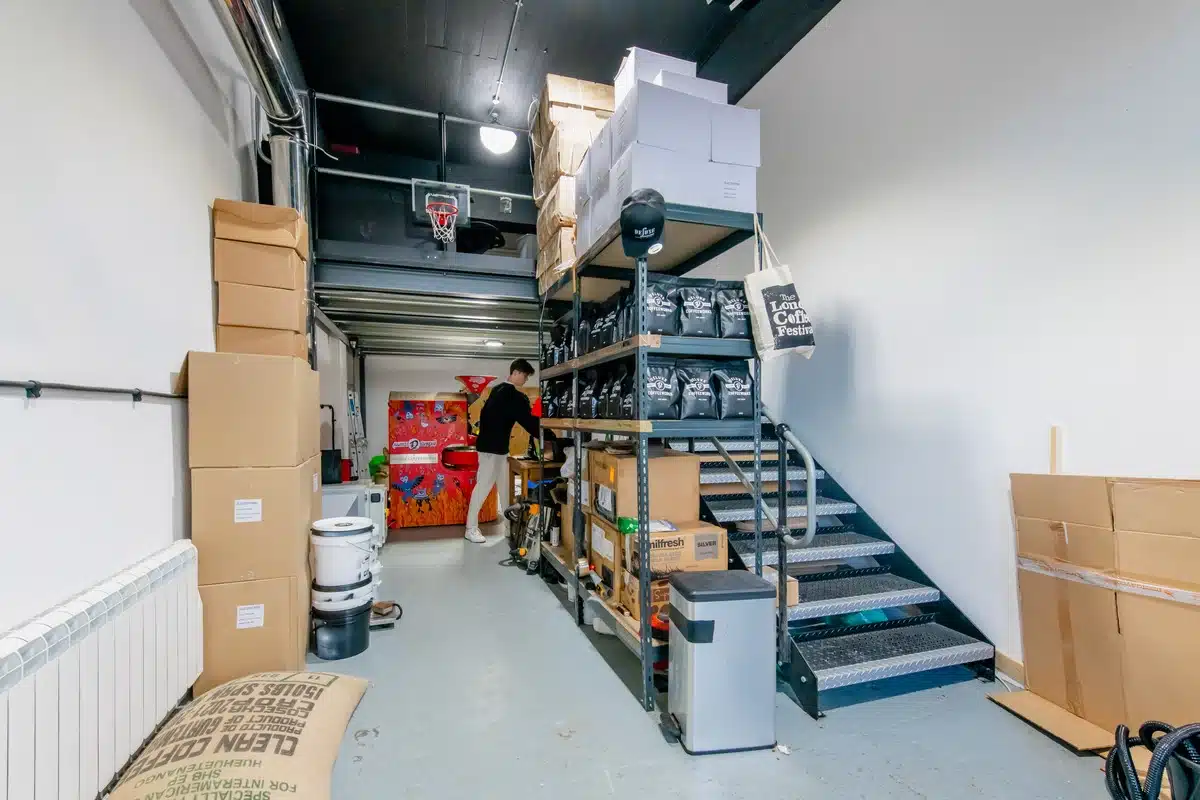Challenges and Solutions for Small E-commerce Warehouses
In today’s digital age, e-commerce has transformed the way we shop, making it more convenient than ever to purchase products from the comfort of our homes. As a result, the e-commerce industry has experienced significant growth. However, with this growth comes the need for efficient warehousing and logistics solutions. Small e-commerce warehouses, in particular, face unique challenges that require innovative solutions to stay competitive and meet customer demands. In this blog post, we will explore some of the challenges faced by small e-commerce warehouses and provide solutions to overcome them.
Challenges for Small E-commerce Warehouses
1.Limited Space: One of the most significant challenges small e-commerce warehouses face is limited storage space. With a growing inventory of products, it becomes increasingly challenging to organize and store items efficiently.
Solution: Implement a vertical storage system, utilize mezzanines, and explore off-site storage options. Maximizing vertical space helps make the most of the available area without needing to expand physically.
2. Inventory Management: Keeping track of inventory in real-time can be daunting for small e-commerce businesses. Accurate inventory management is crucial for avoiding overstocking or running out of popular products.
Solution: Invest in an inventory management system (IMS) that integrates with your e-commerce platform. An IMS can provide real-time updates on stock levels, automate reorder points, and track product sales, making it easier to manage inventory effectively.
3. Order Fulfillment Efficiency: Processing and shipping orders promptly is essential for customer satisfaction. In small warehouses, manually picking and packing orders can be time-consuming and error-prone.
Solution: Implement an order management system (OMS) that optimizes order fulfillment. OMS software can streamline the order processing workflow, reducing errors and speeding up shipping times.
4. Shipping and Logistics: Small e-commerce warehouses may struggle to negotiate favorable shipping rates and manage the complexities of multiple carriers and shipping options.
Solution: Partner with a third-party logistics (3PL) provider. A 3PL can leverage its network to negotiate competitive shipping rates and handle the logistics aspect, allowing you to focus on your core business.
5. Seasonal Peaks and Inventory Surges: Many e-commerce businesses experience seasonal spikes in sales, leading to inventory surges that small warehouses may not be equipped to handle efficiently.
Solution: Plan for seasonal fluctuations by using temporary storage solutions or working with a 3PL during peak periods. This way, you can scale your operations as needed without the burden of maintaining excess warehouse space year-round.
6. Employee Productivity: In small e-commerce warehouses, employee productivity is critical. Managing labor costs while ensuring efficient operations can be challenging.
Solution: Invest in employee training, optimize workflows, and consider automation options like conveyor systems or pick-and-pack robots to increase efficiency and reduce labor costs.
Small e-commerce warehouses play a vital role in the success of e-commerce businesses. To overcome their unique challenges, it’s essential to adopt innovative solutions that improve space utilization, streamline inventory management, enhance order fulfillment processes, and optimize shipping and logistics. By addressing these challenges head-on, small e-commerce warehouses can not only survive but thrive in the competitive e-commerce landscape, providing excellent service and experiences to their customers.
